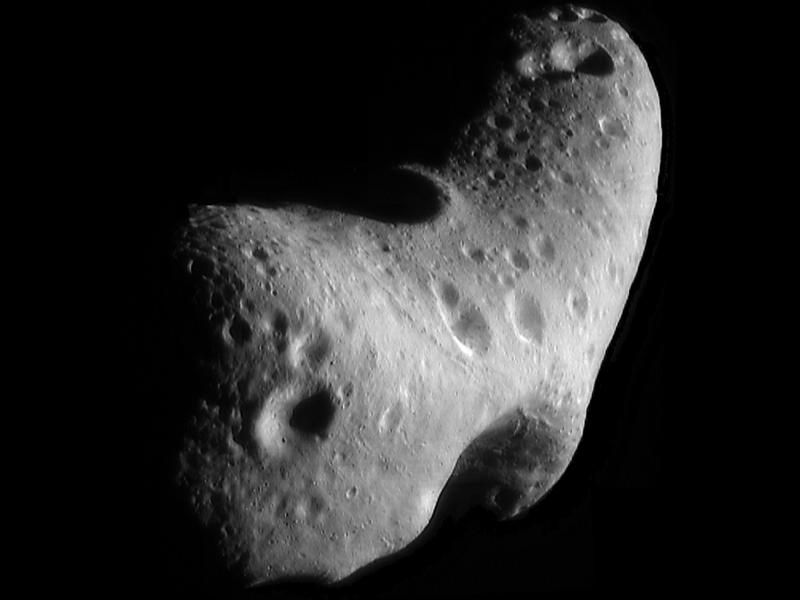Accomplishments and Excitement! |
2024 Spring/Summer Graduations
Congratulations to Eric Frizzell and Ian Desjardin, who completed their PhDs in spring/summer 2024! Ian is now a postdoc at NASA Goddard and Eric is a postdoc at a university in Milan. |
2023 Spring Graduations
Congratulations to Grace Zimmerman, who completed her MS with Thesis in Spring 2023. Congratulations also to Hannany Md Salehuddin, who also completed her MS this semester!
|
Yun Zhang has an Asteroid!
Congratulations to Yun Zhang! Asteroid 53537 has been named after her in recognition of her contributions to asteroid science. |
MMX Mission Participation
Dr. Hartzell has been selected as a Participating Scientist for the Martian Moons Explorer Mission. This mission is run by JAXA, with a rover provided by CNES and DLR. Dr. Hartzell will be looking for regolith clumps on Mars' moon, Phobos.
NASA Announcement
|
2022 Fall Graduation
Congratulations to Jenny Bates, who completed her MS this semester!
|
1920's Murder Mystery Dinner Party 2022
Our first indoor party since 2019 - a 1920's themed murder mystery, complete with costumes! |
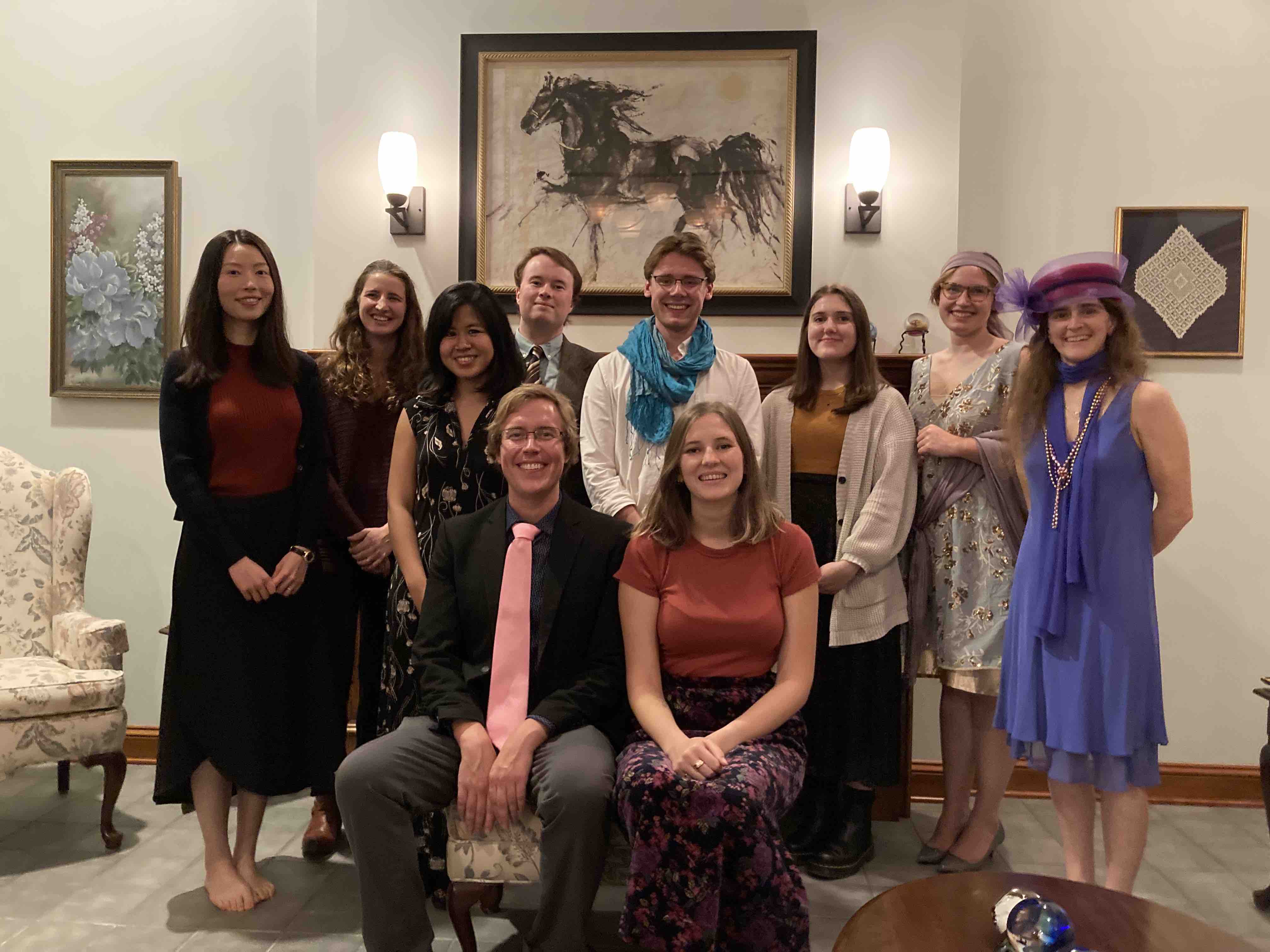
|
Lab Hike 2022
The lab took advantage of Spring Break to go on a hike at Old Rag Mountain. |
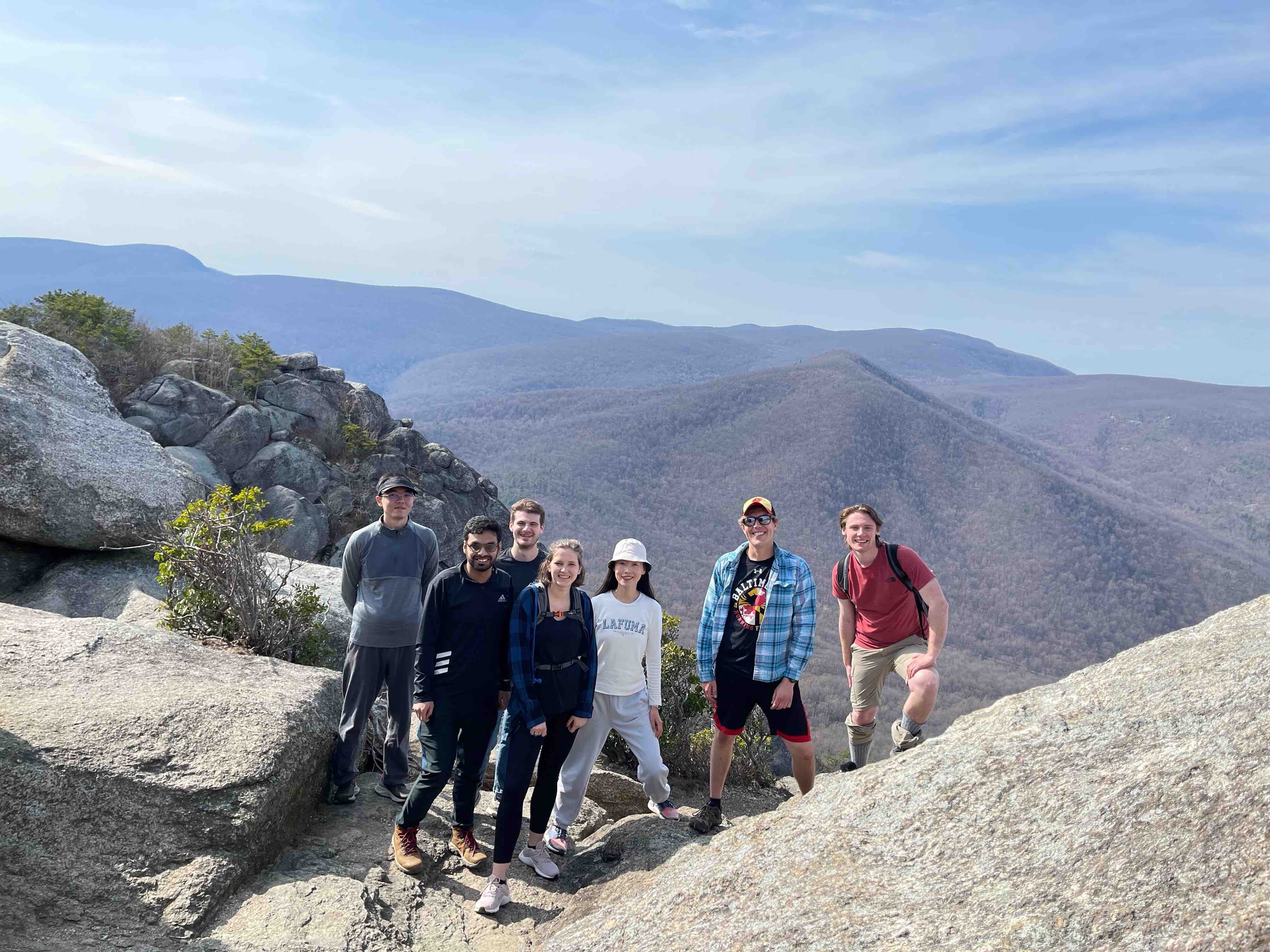
|
South Pole Defense
Congratulations to Dr. Thomas Leps who completed his degree in Winter 2021, while working as the Satellite Communications Engineer at the South Pole. See the story here.
|
2021 Graduation!
Congratulations to Dr. Jackson Shannon who completed his degree in Spring 2021.
No hooding ceremony due to the pandemic, but, since we are all vaccinated, we were very happy to celebrate in-person at the first
lab party in over a year! |
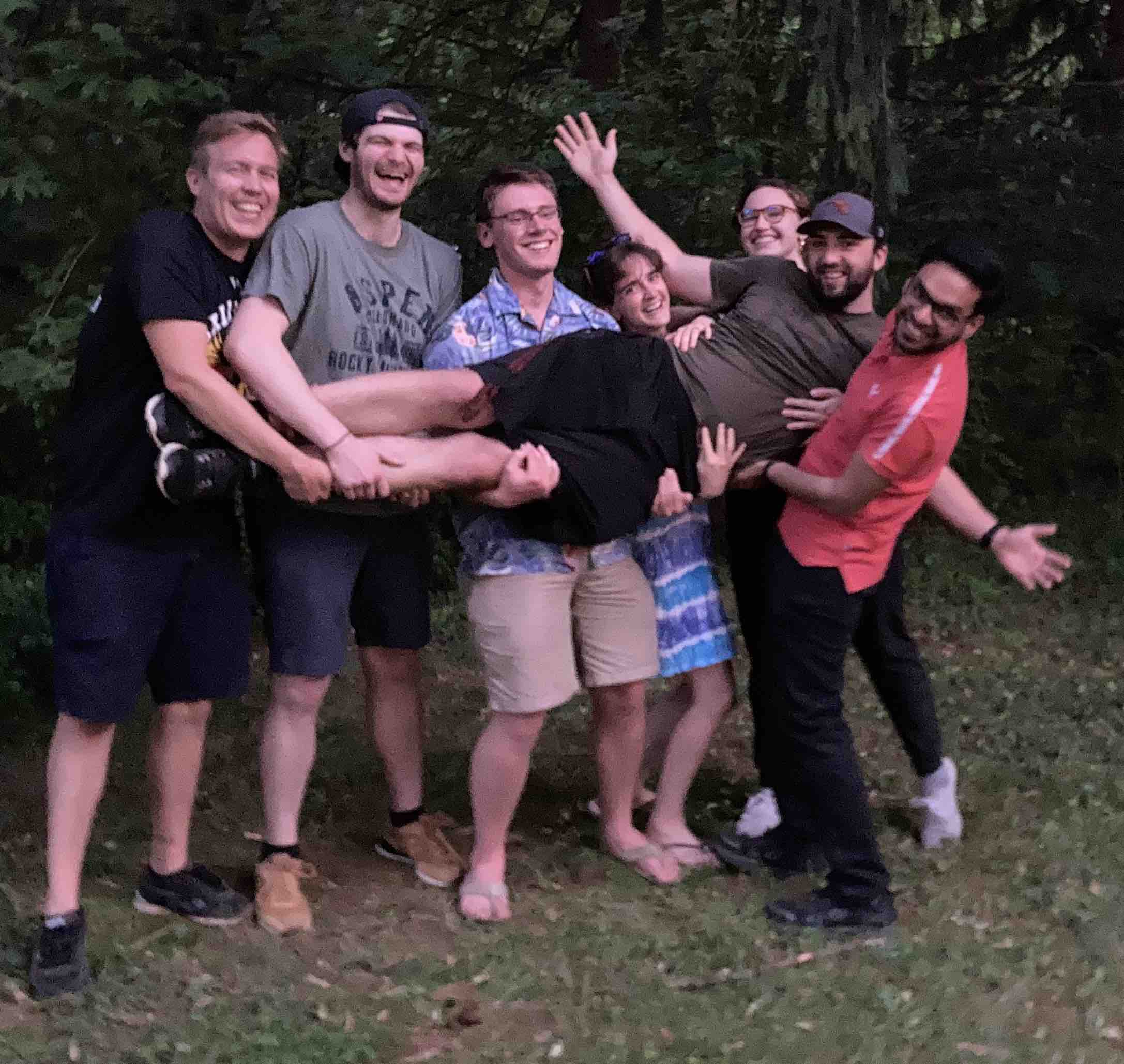
|
Tenure and Early Career Award
Dr. Hartzell was awarded tenure in July 2020, which would not have been possible without the hard work of all of the grad students in the
lab.
Additionally, Dr. Hartzell received NASA's Planetary Science Early Career Award.
|
2020 Graduations!
Congratulations to Dr. Dylan Carter, Dr. Alexis Truitt and Anand Patel (MS), who completed their degrees in Spring 2020.
Alexis and Anand had the exciting experience of defending their theses remotely during the global pandemic.
I hope to see them for an official commencement in Fall 2020.
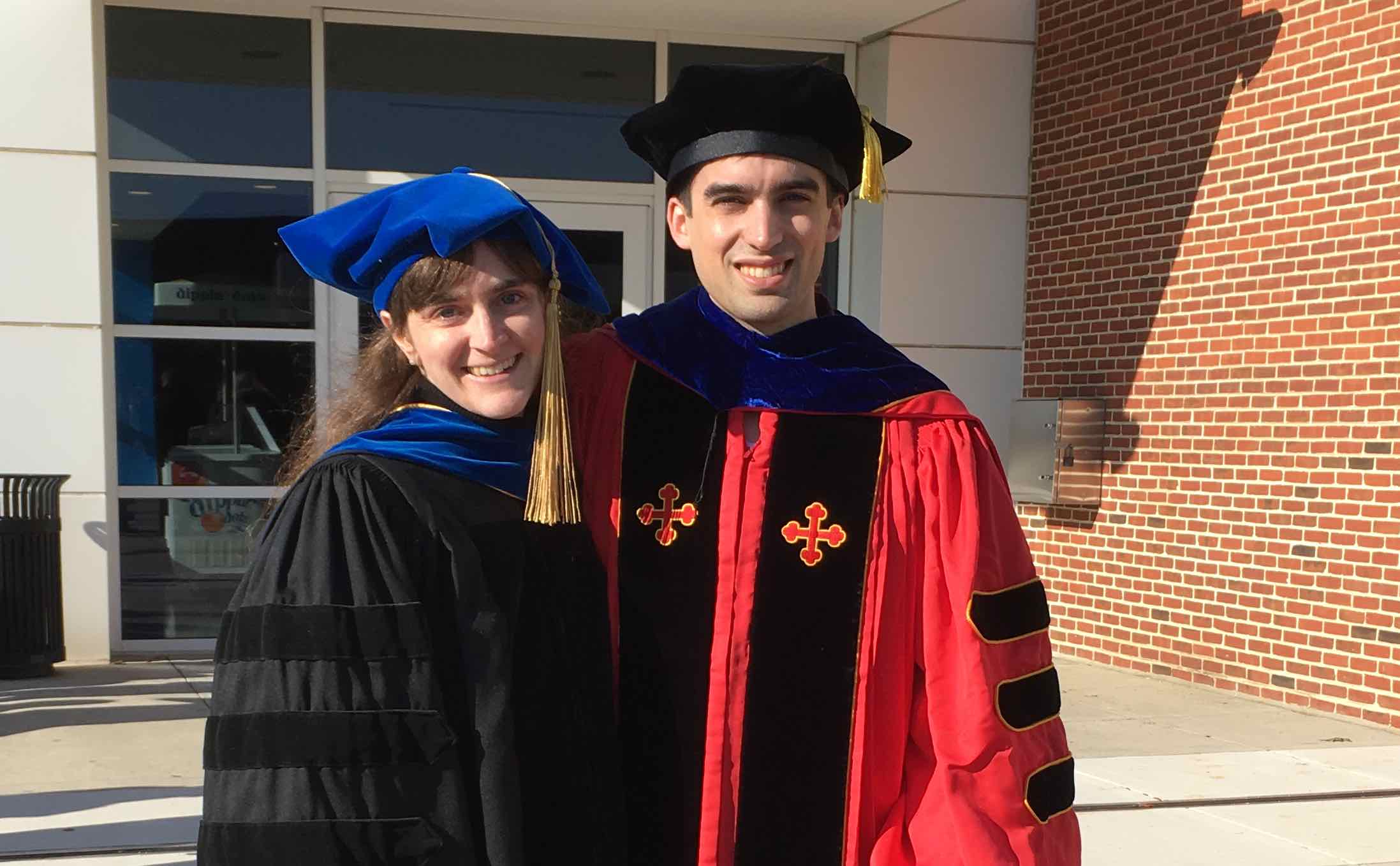
|
July 2019: Janus Selected!
Dr. Hartzell is the Mission Scientist on the Janus mission, a smallsat mission selected by NASA for Phase A/B Development. If
selected for flight, Janus will consist of two spacecraft that will fly by two binary asteroid systems. A binary asteroid is an asteroid with a moon.
This mission will investigate the dynamical evolution of binary asteroid systems. Twitter Announcement
|
April 2019: Shannon Wins NSTRF
Jackson Shannon won the NASA Space Technology Research Fellowship for his research proposal on low-thrust trajectory design.
|
July 2018: Dr. DeCicco!
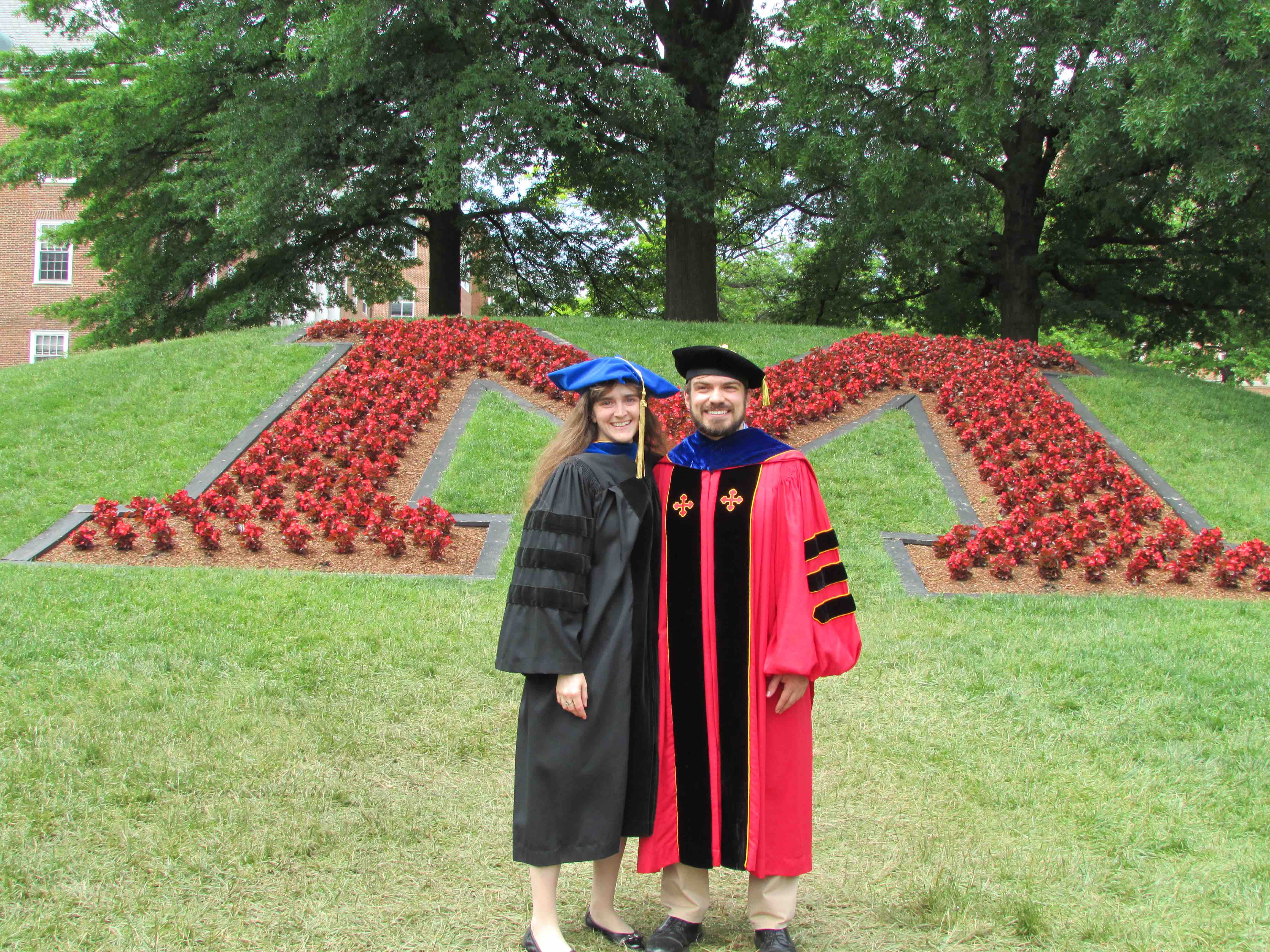
|
| Anthony DeCicco successfully defended his PhD thesis on Neutral Beam Asteroid De-spin and Deflection! Next stop: Northrup Grumman's Future
Technical Leaders program in CA.
|
Lab Hike at Great Falls 2018

Left to Right: Anthony DeCicco, Tom Leps, Dylan Carter, Christine Hartzell, Jackson Shannon, Alexis Truitt
|
April 2018: PICASSO Selection
Dr. Hartzell's proposal to develop a method to measure the cohesion of asteroid regolith via electrostatic lofting was selected
for a NASA PICASSO grant. |
April 2018: SSPI Award
Jackson Shannon received the Best Application of the Scientific Method Award and a scholarship for his talk entitled
“Preliminary Validation and Simulation of the Strata-1 Microgravity Granular Segregation Experiment” at the Society of Satellite Professionals
International (SSPI) Engineering Student Competition.
|
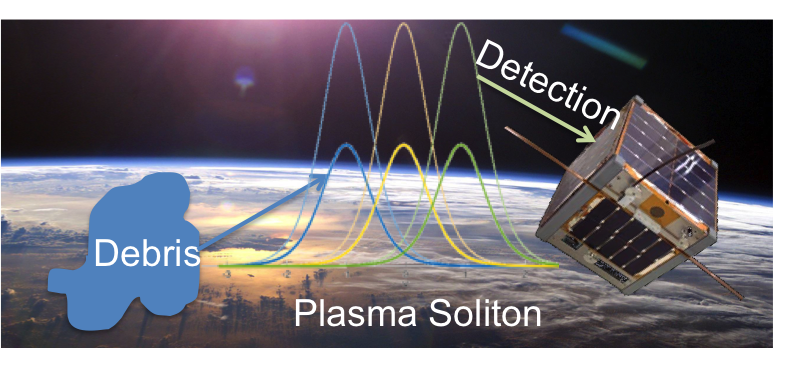 |
April 2018: NIAC Selection
Dr. Hartzell's proposal to study the feasibility of detecting small (sub-cm) orbital debris in LEO by sensing their plasma
signature was selected by NIAC. NIAC
Press Release
|
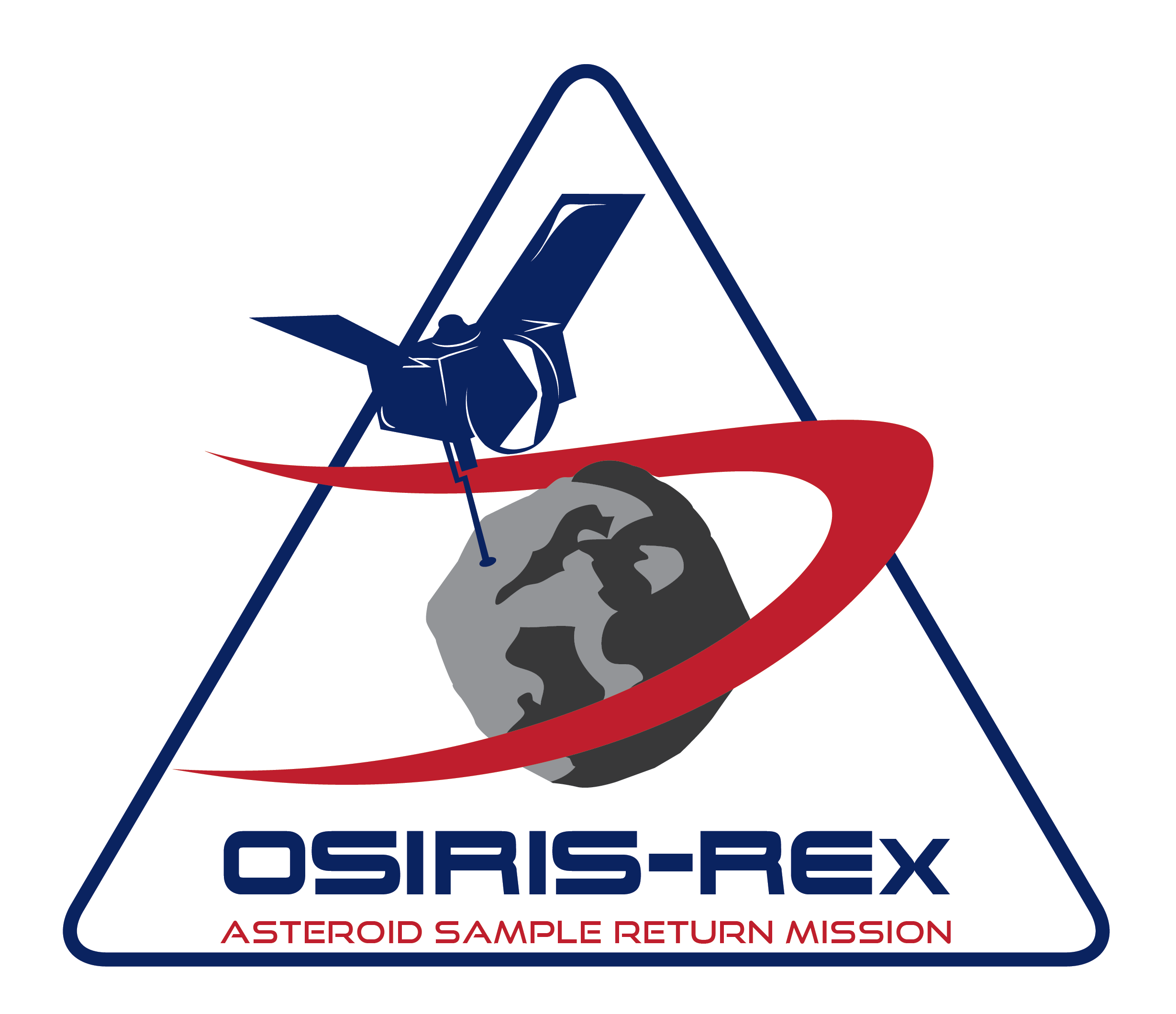 |
December 2017: OSIRIS-REx Participating Scientist Program
Dr. Hartzell was selected as a Participating Scientist on the OSIRIS-REx mission, where she will be focusing on electrostatic
dust motion. See the OSIRIS-REx
page and the Terp article for more info.
|
Lab Water Skiing Outing 2017

Left to Right: Tom Leps, Christine Hartzell, Dylan Carter, Jackson Shannon, Anthony DeCicco
|
April 2017: SSPI Award
Thomas Leps received the Best Application of the Scientific Method Award and a scholarship for his talk entitled "Transmission
Spectroscopy of Sputtered Plumes for Surface Composition Analysis of Small Bodies" at the Society of Satellite Professionals International (SSPI)
Engineering Student Competition.
|
May 3, 2016: Leps Student Conference Award
Tom Leps won first place in the graduate division of the Region I AIAA Student Conference for his presentation "Transmission
Spectroscopy of Sputtered Plumes for Surface Composition Analysis of Small Bodies".
|
April 25, 2016: SSPI Awards
Dylan Carter and Anthony DeCicco have received awards at the Society of Satellite Professionals International (SSPI)
Engineering Student Competition.
Dylan Carter was the recipient of the SSPI Scientific Method Award and a scholarship for his talk entitled “A model of Granular
Tribocharging for Dielectric Mixtures with Continuous Size Distributions.”
Anthony Decicco was the receipient of the SSPI Most Effective Presentation Award and a scholarship for his talk entitled “System Level Design
Considerations for Asteroid De-Spin Via Neutral Beam Emitting Spacecraft." |
Lab Ice Skating Outing
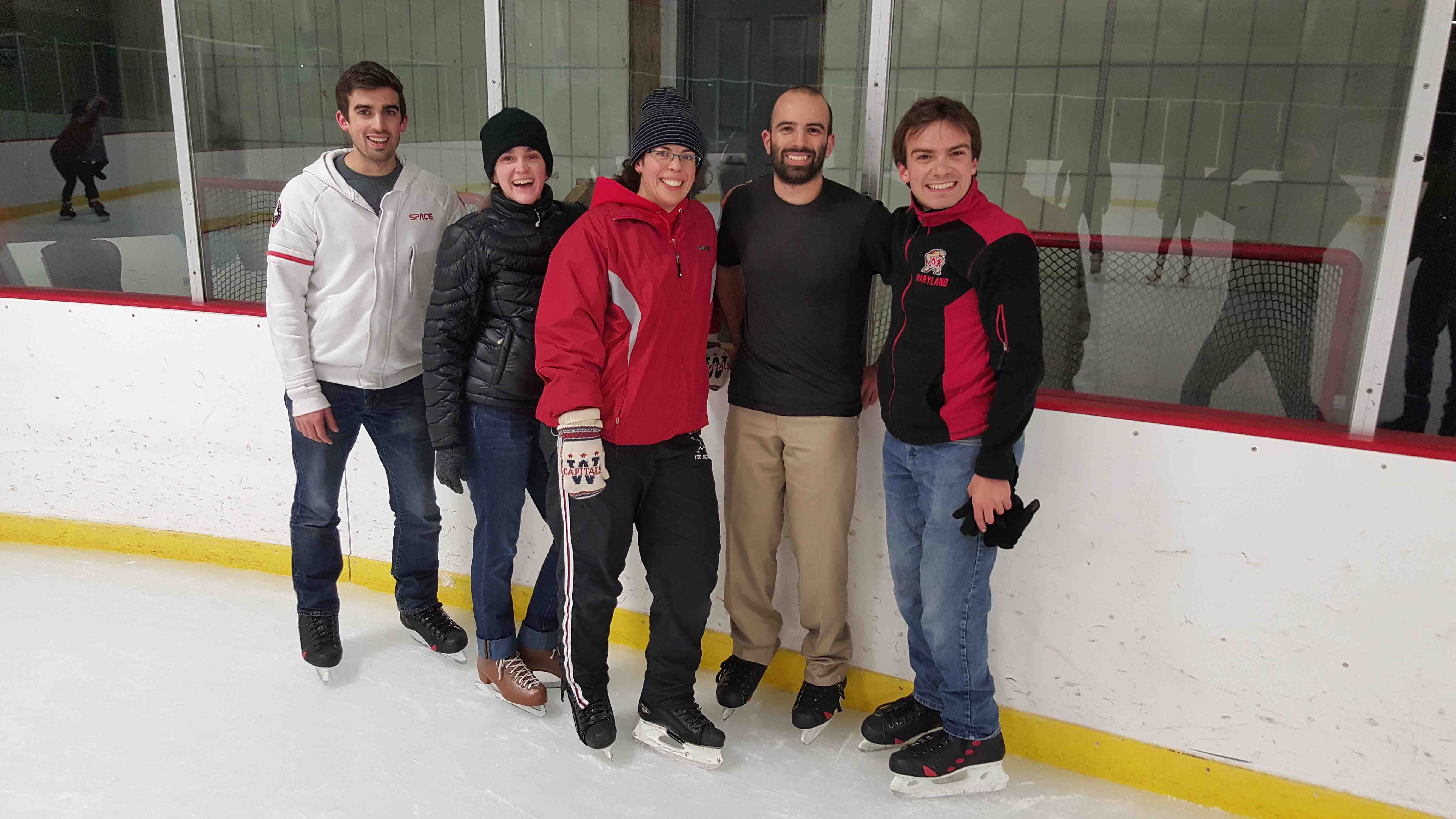
Left to Right: Dylan Carter, Christine Hartzell, Adriane Faust, Tom Leps, Anthony DeCicco
|
AE Awards Dinner 2015 |
April 9, 2015: Carter awarded NSTRF!
Dylan Carter has been awarded the NASA Space Technology Research Fellowship for his proposal to study tribocharging in
order to sort regolith on the Moon. Congratulations, Dylan! |
April 9, 2015: DeCicco awarded NSTRF!
Anthony DeCicco has been awarded the NASA Space Technology Research Fellowship for his proposal to use a neutral beam to
de-spin an asteroid. Way to go, Anthony! |
Dec 23, 2014: Asteroid
Asteroid 9319 has been named "Hartzell" in recognition of Dr. Hartzell's contributions to planetary science. It is a
main-belt asteroid, approximately 2 km in diameter. You can find out more about the asteroid's orbit here. |
April 25, 2014: Website
We have a website! |
